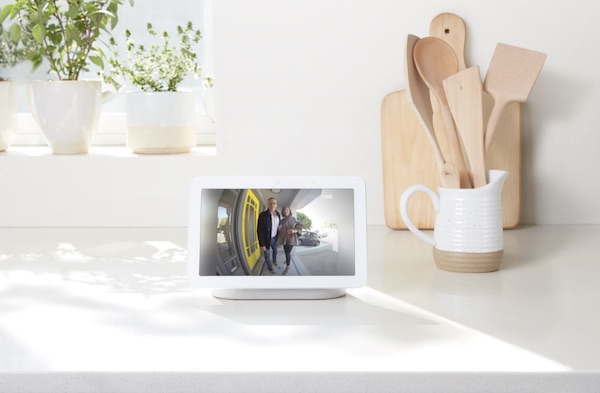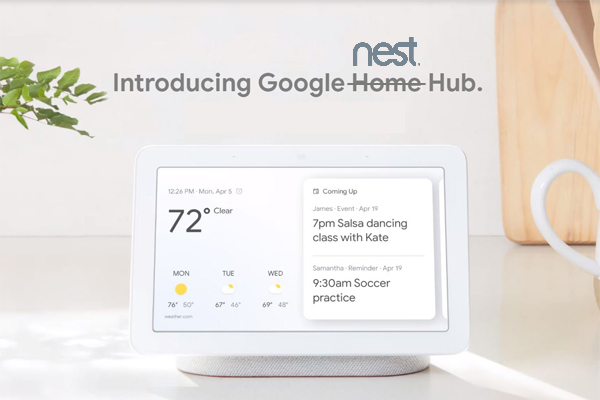Google Nest Hub Adds Ultrasound Detection

Google Nest devices can now sense where users are even without the camera. The latest update for the devices includes ultrasound sensing to detect a user and adjust its performance accordingly.
Google Bat Ears
Google first revealed plans for adding ultrasound sensing to its devices last month. The software update gives Google Nest devices the ability to play high-frequency sounds, well above the human hearing range, and interpret the way the sound reflects off the surrounding environment, much the way bats navigate at night. The device can determine if there are any people in the room and where they are relative to the device. Only the Nest Hub Max has a camera among Google’s smart speakers and smart displays, but knowing where a user is can improve how the devices function.
If someone is far away from the Nest Hub or Hub Max, the smart display will make its font bigger when it responds. If the user is close up, it can switch to a smaller font and fit in more detail in its answer. The Nest Mini and Nest WiFi smart speakers have also received the ultrasound update. The feature doesn’t change much about them as they don’t have screens. The main use for their ultrasound is to detect when a user puts their hand above the device so it can light up the indicators for changing volume and other settings.
Proactive Notifying
Detecting people nearby also allows the Hub and Hub Max smart displays to offer what Google calls proactive notifications. The screen will show any messages received or other notifications when it senses someone nearby. For the Nest Hub, the notifications will come up whenever anyone is nearby. The Nest Hub Max has a camera, so it customizes which notifications appear using the Face Match feature and show the notifications specifically for that person, excluding those for other people on the list.
Ultrasound offers some interesting ways to personalize the Nest smart displays. Getting information without having to speak reduces some of the friction of using the devices, especially if it already has a profile of its users. That fits well with Google’s smart home strategy as it tries to make using Google smart speakers and displays as broadly appealing as possible. For instance, the ultrasounds could be used to detect when someone is moving from room to room and the devices could shift the music or video playing between devices without the user needing to say anything. And those concerned about privacy, but who want a smart display, may find the extra flexibility for the camera-free Nest Hub a real draw.
Follow @voicebotai Follow @erichschwartz
Made by Google Event Showcases Hearables and Smart Home Strategy









